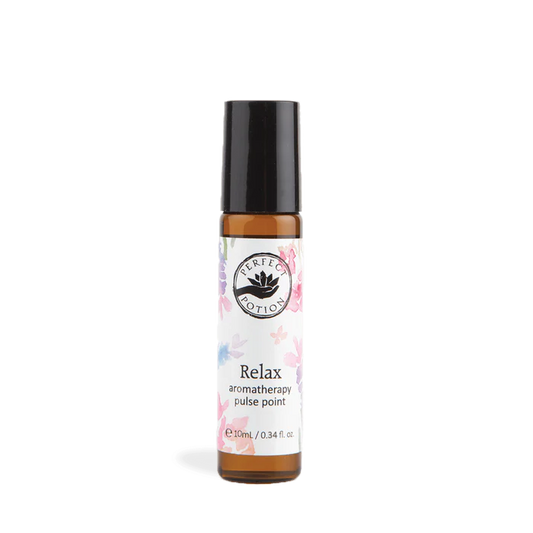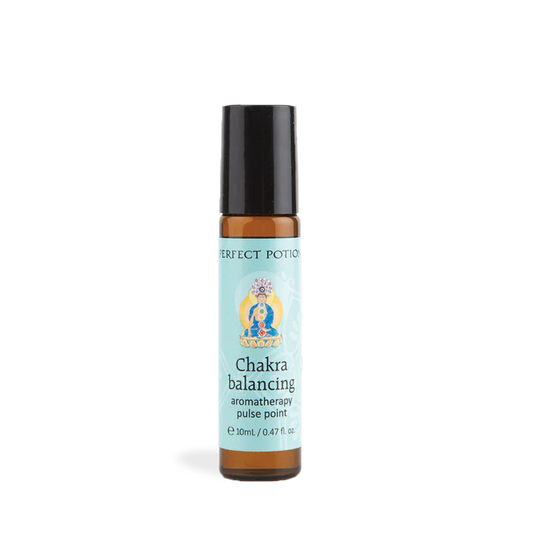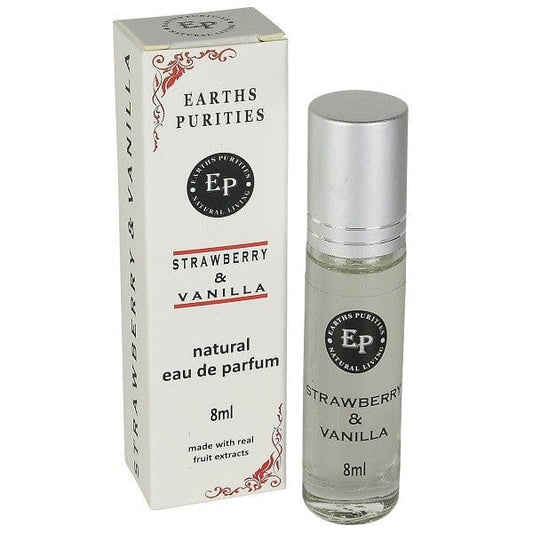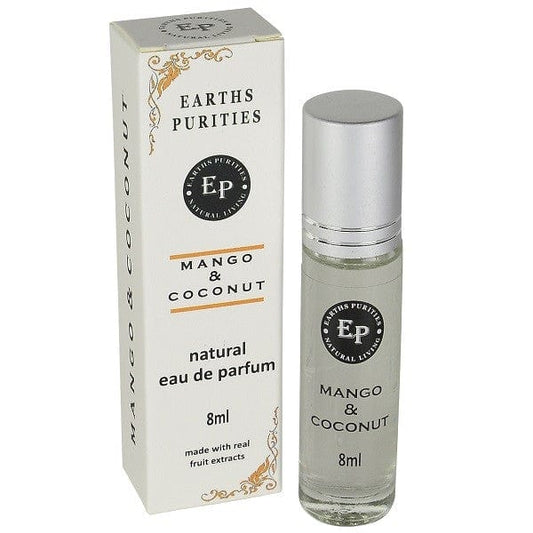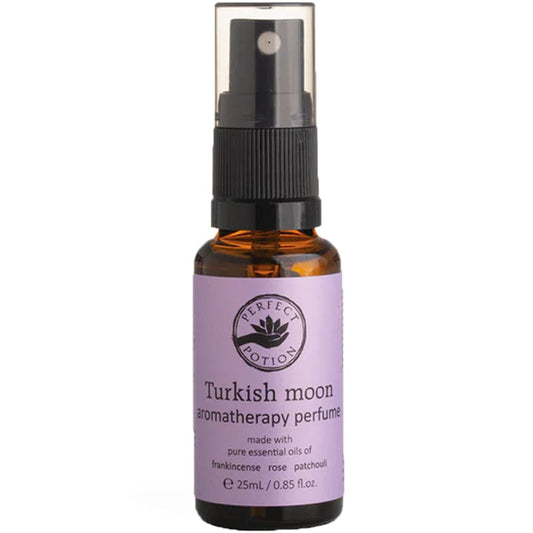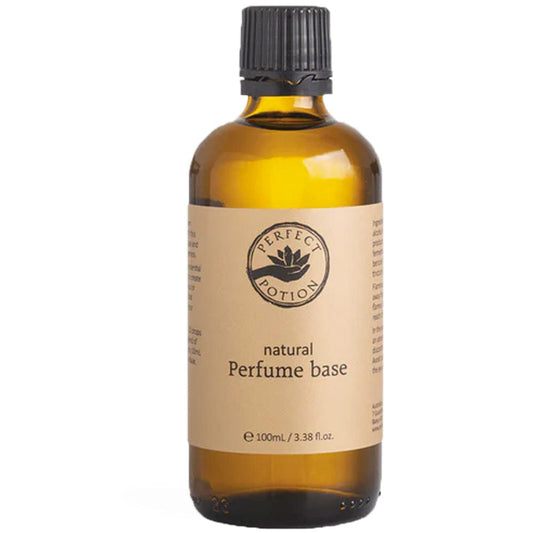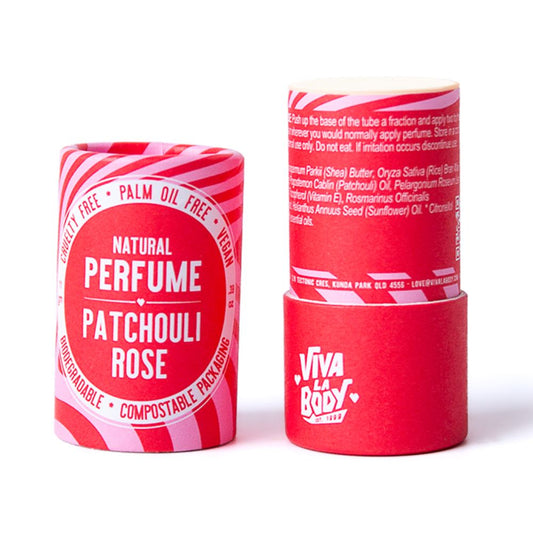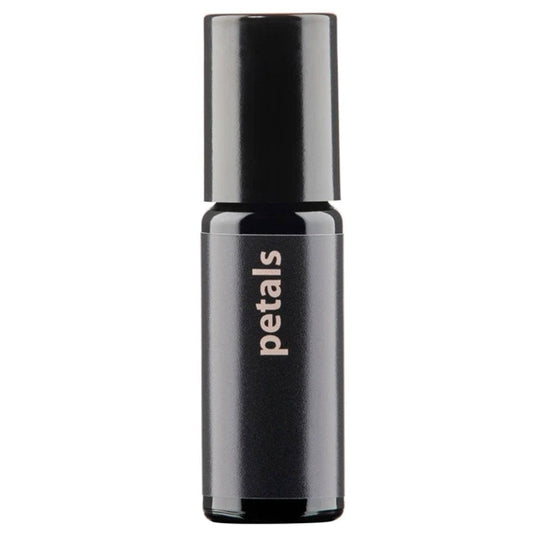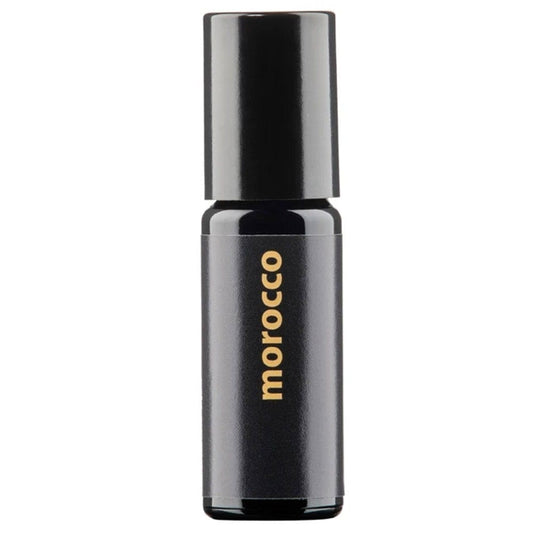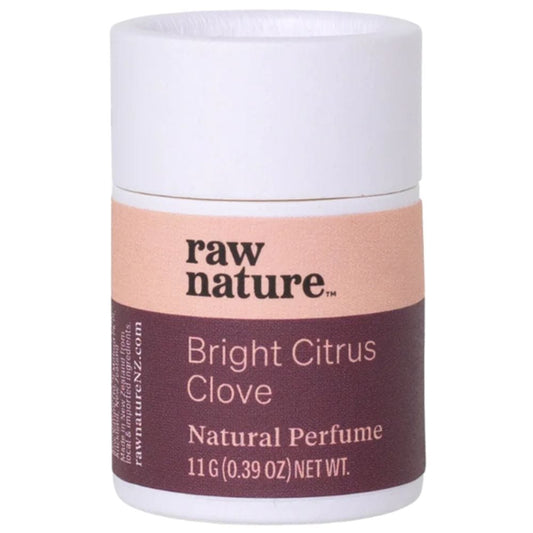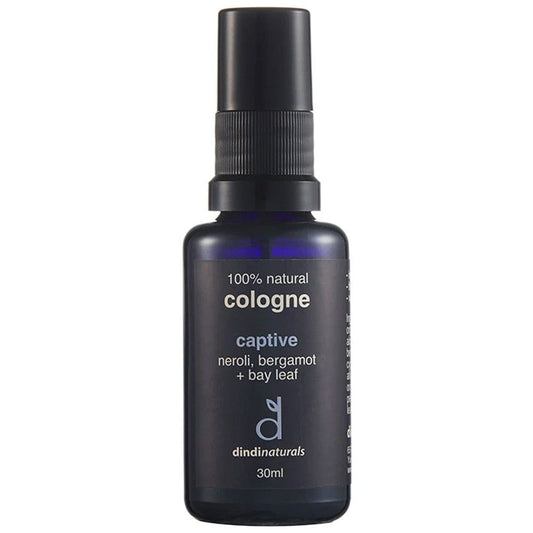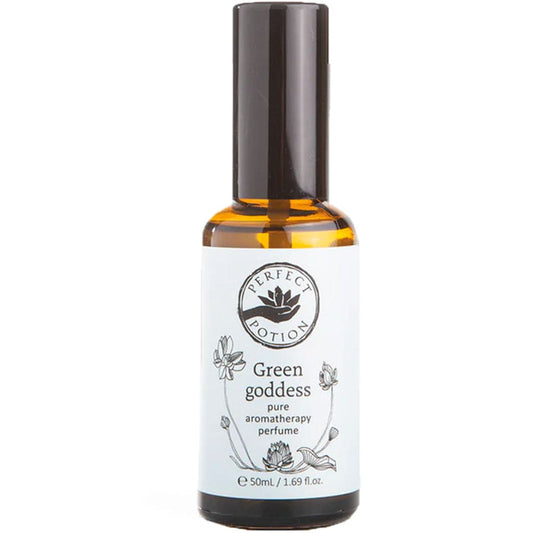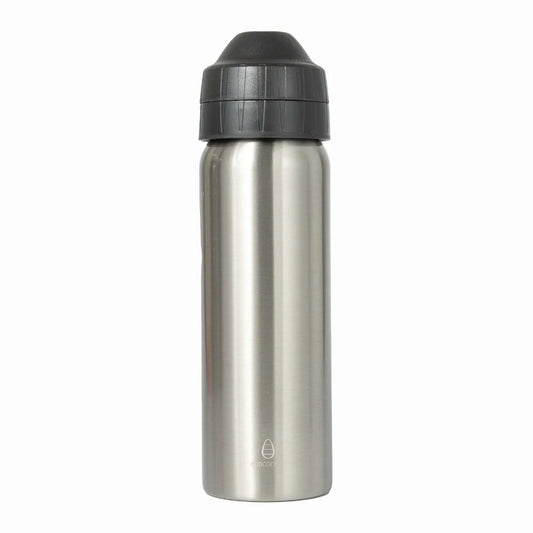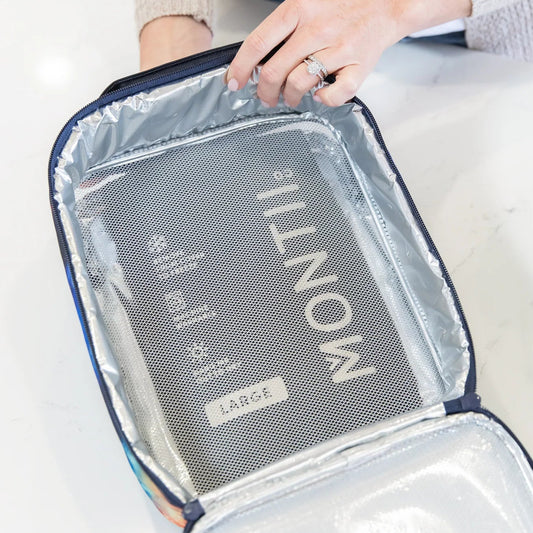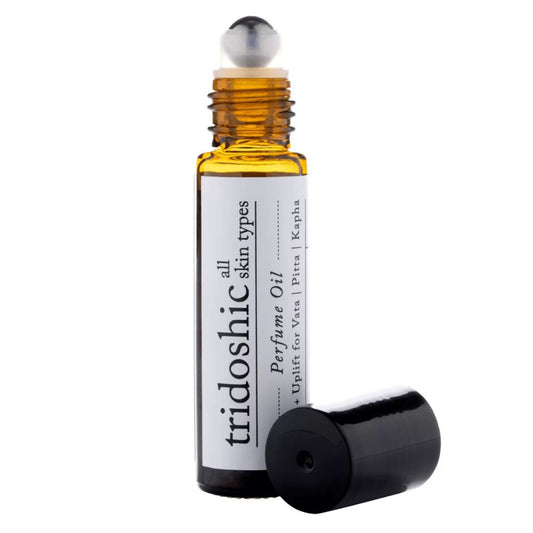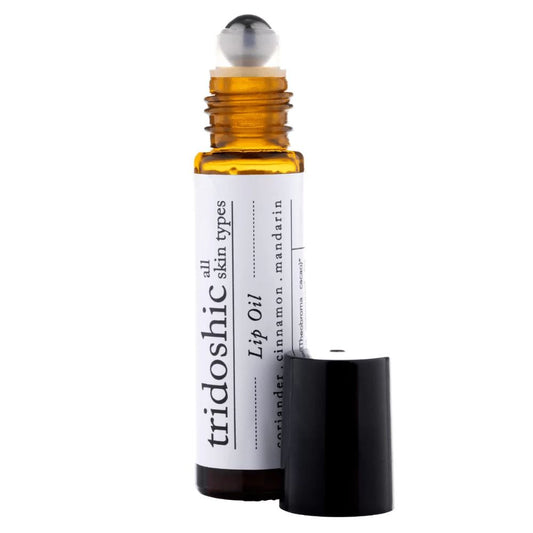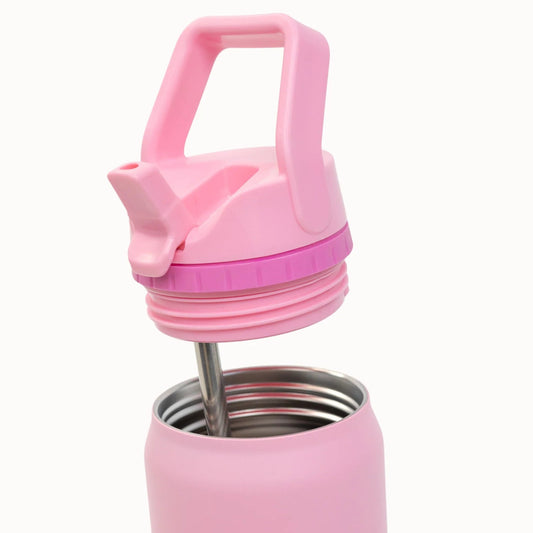
The allure of fragrances that are "clean," "non-toxic," and "natural" is strong in a market increasingly driven by consumer demands for healthier and more environmentally friendly products. However, the terminology is not regulated, and is mostly misleading, if not outright greenwashing.
Our customers at Biome were asking for more natural perfumes, so I was recently searching for some more natural brands to offer. Firstly, I was shocked by the volume of blog posts on the topic, like: "The 20 Best Non Toxic Perfumes", "Niche Natural Perfume Houses You Should Know", "18 Best Clean Perfumes in 2024". But, then I was alarmed that the brands being recommended as "safe perfumes" in these articles do not give full ingredient disclosure, contain synthetic and petrochemical-derived ingredients, and provide no proof that their ingredients are "safe"!
I understand that these less toxic brands are appealing when we want to enjoy a pretty scent while avoiding allergens and irritants. But, glossing over the true ingredients is frankly irresponsible—as is the reporting by the journalists and bloggers sharing these claims to get the affiliate marketing commission when you buy.
It's all pleasantly-scented puffery that obscures the reality!
Take for example, this Harpers' Bazaar article.

Once you've got over the shock of the US$480 price tag, here's the actual ingredients (which are not provided on the brand's website and were hard to track down!): Alcohol Denat, Parfum/Fragrance, Aqua/Deionized Water, Benzyl Alcohol, Benzyl Benzoate, Benzyl Cinnamate, Benzyl Salicyclate, Cinnamyl Alcohol, Eugenol, Farnesol, Geraniol, Limonene, Linalool.
Like all the brands, the perfumer simply puts the term "Parfum/Fragrance" with no detail of how the fragrance is made. I am confident that if it were genuinely made from essential oils, they would be proud to list them! Learn more below about what goes on with "nature identical" ingredients.
So, what do these terms really mean?
What is Clean Perfume?
"Clean" perfume is marketed as safer for human use, often formulated without certain chemicals that are deemed harmful or controversial, such as phthalates, parabens, and synthetic musks.
However, the term "clean" is not regulated, meaning it can vary significantly between products and brands. While clean perfumes typically have fewer synthetic chemicals and petrochemicals than conventional fragrances, they may still contain those that mimic natural compounds, and that stabilize the fragrance and enhance its longevity.
What is Non-Toxic Perfume?
Non-toxic perfumes are those that do not contain ingredients that have been linked to toxic responses in humans. Like "clean," the "non-toxic" label is not officially regulated by any governing body, leading to a broad interpretation of what non-toxic means. Consumers looking at non-toxic perfumes should be aware that the absence of known toxins does not necessarily mean the absence of synthetic compounds; it simply implies that the ingredients are not currently recognized as toxic.
In reality, there is no difference between the terms clean perfume and non toxic perfume.
What is Natural Perfume?
Natural perfume is ostensibly made from ingredients sourced from nature—plants, minerals, and animal by-products. These fragrances aim to exclude synthetic chemicals altogether. However, as we dig deeper, the line between synthetic and natural isn't always clear. Many "natural perfumes" use essential compounds that are labelled as "nature-identical." This means that although these compounds are chemically identical to those found in nature, they are often synthesized from petrochemicals.
The production of these nature-identical compounds frequently relies on petrochemicals, and even when the final chemical structure matches that found in nature, the use of petrochemicals in production means the product is not truly natural. This reliance on non-renewable resources and the associated environmental impacts distance these products from being genuinely natural.
Why do brands use "Nature Identical" ingredients?
At the beginning of perfume making, scents were extracted from natural sources such as flowers, fruits and resins. However, with modern commercial perfumery, many ingredients that could be derived from natural sources are now produced synthetically due to cost-effectiveness, quality and supply consistency. Extracting essential oils and compounds can be very expensive and resource-intensive, making synthetic alternatives more attractive for large-scale production.
There is an argument that this makes perfume production more sustainable in terms of resource use, because it would consume a massive amount of land and chemicals to produce the flowers and fruits needed to extract these properties.
For example, components like benzyl acetate (previously from jasmine), ethyl linalool (lavender), and hydroxycitronellal (lemongrass), while naturally present in plants, are more commonly synthesized in a laboratory setting to ensure a steady supply and to reduce costs. Synthetic versions are known as "nature-identical" because they have the same molecular structure as their natural counterparts but are produced from petrochemicals.
Many large chemical companies specialize in the production of these synthetic, nature-identical ingredients, such as BASF, Givaudan, Firmenich, Symrise, and IFF.
Misleading marketing and greenwashing
The marketing of perfumes often includes terms like "made from natural or sustainably sourced ingredients" which may give the impression that they are wholly natural or organic. However, they can still contain synthesized compounds derived from petrochemicals. This misleading marketing can confuse consumers who are looking for products that are genuinely free from synthetic chemicals. Additionally, while nature-identical compounds are chemically similar to those extracted directly from plants, the environmental impact of synthesizing these compounds from petrochemicals and the potential health effects of residual synthetic additives are significant concerns.
Which ingredients are safe in perfume?
Unfortunately, as is the case for thousands of chemicals being used in consumer products, there is no government regulation to require that chemicals must be proven to be safe for humans and the environment before they are used! Shocking, right? Chemicals that we rub on our bodies, breathe in, or clean our homes with, are regarded as safe until proved otherwise!! And it takes many many years of a chemical being used and studied before the health concerns seep in, and some action is taken. Even known endocrine disruptors and carcinogenic chemicals are still permitted e.g. formaldehyde and phthalates
So while these brands make claims that they are safe perfume, non toxic perfume or clean perfume, they are relying on the fact they do not include known harmful chemicals. They are simply assuming that any others are safe...
How to choose safe, truly natural perfume
In the quest for a fragrance that is both delightful and devoid of synthetic chemicals, choosing a truly natural perfume can be tricky given the lack of regulation and clear labelling.
While the concepts of clean, non-toxic, and natural perfumes are appealing, consumers should approach these products with a healthy dose of skepticism and do your due diligence.
Here’s how you can ensure that you are selecting a genuinely natural perfume:
1. Understand ingredient listings
Always read the ingredient list carefully. Natural perfumes should list naturally-derived components such as essential oils, absolutes, resins, and carrier oils.
Avoid any product that only lists “fragrance” or “parfum”, which can hide a multitude of synthetic chemicals. Don't buy into the rubbish that the formula is secret for "intellectual property"!
Find here our list of "dirty" ingredients to avoid.
2. Research the perfume brand
Look for brands that are transparent about their sourcing, manufacturing, and list full ingredients.
This is tricky because these brands go to a lot of effort to make you think they are natural.
Here is another brand included in the Harpers Bazaar clean perfume article. Firstly, I commend By Rosie Jane for full transparency. That is the most important and responsible principle in sustainability - simply give the full and honest facts, and let the consumer decide for themselves.

Here are the actual ingredients and my addition of whether they are derived from petrochemicals or likely synthetic. The transparency of By Rosie Jane shows what other perfumiers hide behind the single term "Parfum/Fragrance"
- organic alcohol denat.: Plant-derived (commonly from fermented sugars)
- allyl cyclohexyl propionate: Petrochemical-derived
- ambroxan: Petrochemical-derived (synthetic musk)
- anisaldehyde: Plant-derived (usually from anise)
- appelide: Petrochemical-derived
- benzyl acetate: likely synthetically produced to be nature identical*
- benzyl salicylate: likely synthetically produced to be nature identical*
- butyl butyrolactate: Petrochemical-derived
- cis-3-hexenyl methyl carbonate: Petrochemical-derived
- cyclohexadecenone: Petrochemical-derived
- delta decalactone: likely synthetically produced to be nature identical*
- dimethylcyclohexylethoxy isobutylpropanoate: Petrochemical-derived
- ethyl beta-naphthyl ether: Petrochemical-derived
- ethyl hexanoate: likely synthetically produced to be nature identical*
- ethyl hydroxypyrone: Petrochemical-derived
- ethyl linalool: likely synthetically produced to be nature identical*
- ethylene brassylate: Petrochemical-derived
- florol: Petrochemical-derived
- gamma octalactone: likely synthetically produced to be nature identical*
- gamma undecalactone: likely synthetically produced to be nature identical*
- gamma-decalactone: likely synthetically produced to be nature identical*
- gamma-nonalactone: likely synthetically produced to be nature identical*
- habanolide - globalide: Petrochemical-derived
- heliotropine: likely synthetically produced to be nature identical*
- hexyl acetate: likely synthetically produced to be nature identical*
- hexyl cinnamal: likely synthetically produced to be nature identical*
- hexyl salicylate: Petrochemical-derived
- hydroxycitronellal: likely synthetically produced to be nature identical*
- isoamyl acetate: likely synthetically produced to be nature identical*
- methyl anthranilate: likely synthetically produced to be nature identical*
- methyl dihydrojasmonate: likely synthetically produced to be nature identical*
- octahydrocoumarin: Petrochemical-derived
- orange terpenes: Plant-derived
- oxacycloheptadec-10-en-2-one: Petrochemical-derived
- p-anisyl acetate: likely synthetically produced to be nature identical*
- sandalore: Petrochemical-derived
- tetramethyl acetyloctahydronaphthalenes: Petrochemical-derived
*Please note that it is my opinion that while these ingredients could possibly be extracted from plants, it is impossible they would be, as explained earlier in my post.
3. Avoid known allergens
Even natural ingredients can cause allergic reactions. Common allergens in natural perfume include limonene, linalool, and citral, naturally occurring in citrus oils. If you have sensitive skin, consider patch testing a perfume on a small area before full use.
The EU has recently updated its regulation on the labelling of fragrance allergens in cosmetic products, expanding the original 26 to significantly more allergens that must be declared
4. Simple formulas
The fewer the ingredients, the easier it is to understand what you are applying to your skin. Simple formulas with fewer components are less likely to cause adverse reactions and make it easier to identify the source of any irritation.
Without careful examination, what is marketed as natural or non-toxic may be greenwashing.
MORE READING
How to make your own natural perfume oil
Make your own rose perfume balm
Can synthetic fragrances worsen menopause symptoms?

